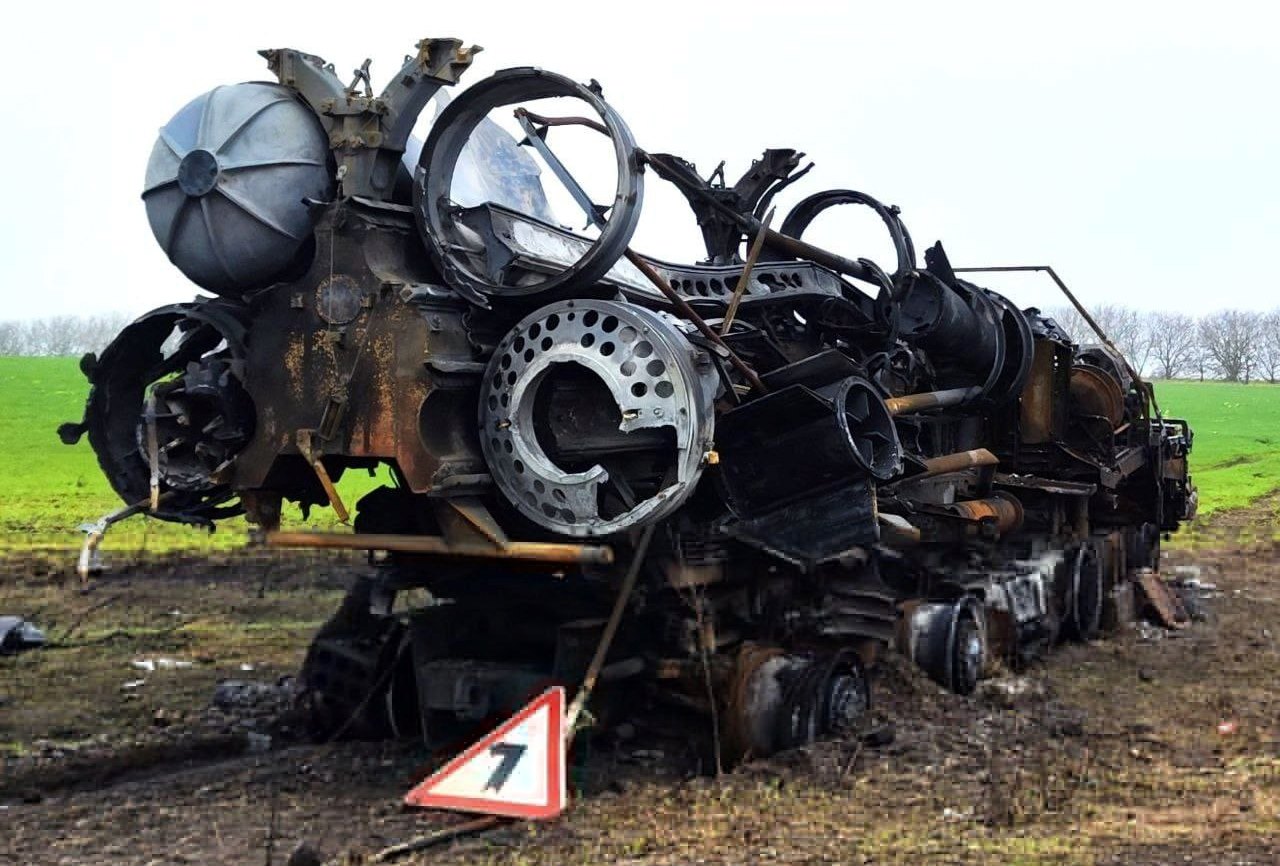Pentagon spokesman John F. Kirby clarified that the Ukrainian attack on Crimea on June 23 was not intended to target Sevastopol’s beach, where civilians were caught in the crossfire. According to BulgarianMilitary.com, Ukraine launched an assault on the Crimean Peninsula that day. The Russian Federation reported over 100 injuries and five fatalities, including two children, due to the incident.
While initial reports suggested that Ukraine used five ATACMS missiles and drones, there is no conclusive evidence that ATACMS missiles were actually deployed. Debris found at the scene appears to be from a 9M330 air defense missile of Soviet/Russian origin, but the authenticity of these images is unverified.
The Russian Defense Ministry claimed that air defense systems intercepted four US-supplied ATACMS missiles, but debris from a fifth missile caused civilian casualties. RIA Novosti's inquiries about the ammunition type used were deflected to Ukrainian authorities for confirmation.
Kirby noted that the Ukrainian military independently selects its targets. He explained that a Ukrainian missile aimed at a military site in Crimea was intercepted by a Russian missile, with shrapnel falling on a nearby beach and injuring civilians. Video evidence suggests multiple shrapnel pieces rather than a single fragment, which contrasts with Russian claims of cluster submunitions from an ATACMS missile.
US Representative Marjorie Taylor Greene suggested on social media that the civilian casualties were caused by Ukrainian cluster munitions, criticizing US military aid to Ukraine. She emphasized the importance of defending US borders instead of involving in foreign conflicts.
The Russian Ministry of Defense asserted that the responsibility for the attack lies with Washington, which supplied the weapons, and the Kyiv regime, from whose territory the strike was launched. They reported that four ATACMS missiles were intercepted by air defenses, but the fifth missile’s mid-air explosion caused civilian casualties.
The ATACMS (Army Tactical Missile System) is a US-developed surface-to-surface missile designed for precise deep-strike attacks against critical targets. It is launched from the M270 Multiple Launch Rocket System (MLRS) and the M142 High Mobility Artillery Rocket System (HIMARS). The missile, approximately 13 feet long and weighing around 3,690 pounds, is capable of reaching speeds up to Mach 3 and has a range of up to 300 kilometers.
The ATACMS can be equipped with unitary warheads for precision strikes or cluster munitions for area denial and anti-personnel purposes. The Soviet/Russian S-300 series, specifically the S-300V system, is capable of intercepting such missiles, featuring advanced radar systems and interceptor missiles to engage various aerial threats.




